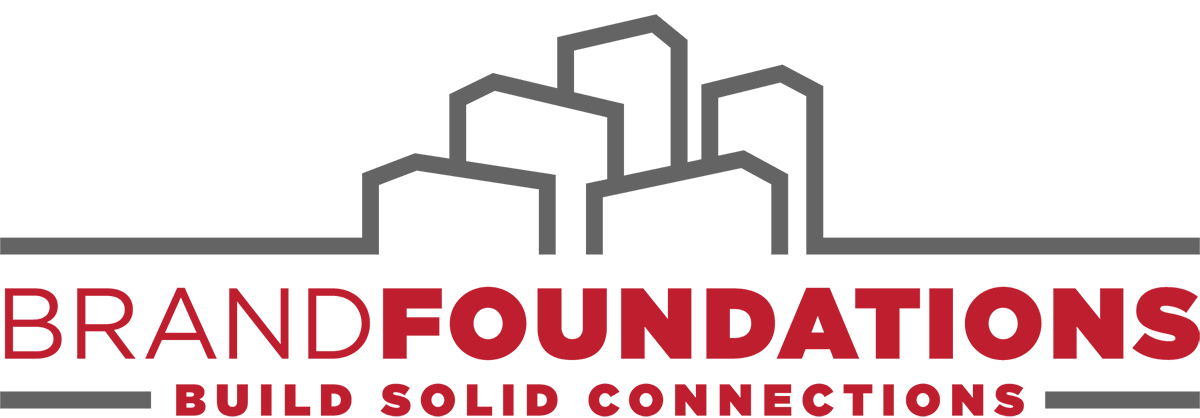Conducting a detailed competitive analysis (how we see others) is one of the three pillars of every sound brand-building effort, the others being deep internal (how we see ourselves) and external (how others see us) analyses.
Unfortunately, competitive analysis can easily devolve into a blur of similarity, revealing many discreet points of differentiation (e.g., features, capabilities, etc.) that often roll up into the same bland “me too” themes (aka “innovation” or “better service”).
Archetypes are one way to add value to this exercise and provide a lens for meaningful differentiation. Just as they allow an organization to understand its internal culture and buyer personas, archetypes can offer a powerful framework for understanding the competitive market and how to position your organization for maximum benefit. (For more on archetypes download our infographic.)
Once you know the model, the process is relatively easy since each archetype exhibits language that can reveal its presence and prevalence. So, with a simple review of their website, you can create an archetypal profile of any competitor. For instance, if they emphasize “winning” or “overcoming adversity,” they’re likely to have the strains of a strong “Hero” archetype present. If they value “size and strength” or position themselves as an “institution,” they are likely staking out a position in line with the “Ruler” archetype. In many cases, there will be overlap and two or more archetypes may be revealed, as some archetypes have natural pairings (e.g., Hero/Caregiver, Revolutionary/Creator, etc.)
Source: https://www.instagram.com/topherbrophy/
Once you have the profiles complete, you can step back and see the market from a different perspective. All of a sudden, competitors become characters that we recognize. And when you think of the people you know who work there, they’ll likely take on that persona as well, much in the way pets and their owners begin to look alike over time.
You’ll also be able to make more insightful positioning decisions for your organization. Because as powerful as they are, each archetype carries a corresponding “dark side.” For example, in a market dominated by “Rulers” (often the case in commodity sectors), competitors will likely be rigid and slow to change, thus making them vulnerable to “Revolutionary” or “Creator” brands. Similarly, a market dominated by “Heroes” (e.g., athletic gear) may leave room for a more accessible and grounded “Everyperson” brand
While they’re not the only thing to consider in a positioning strategy, archetypes can add a powerful lens to the competitive analysis exercise and help provide a new perspective on who your competitors really are… let alone what you’ll learn about yourself.
If you are interested in seeing yourself or your competitors in a new and different way, contact BrandFoundations.



